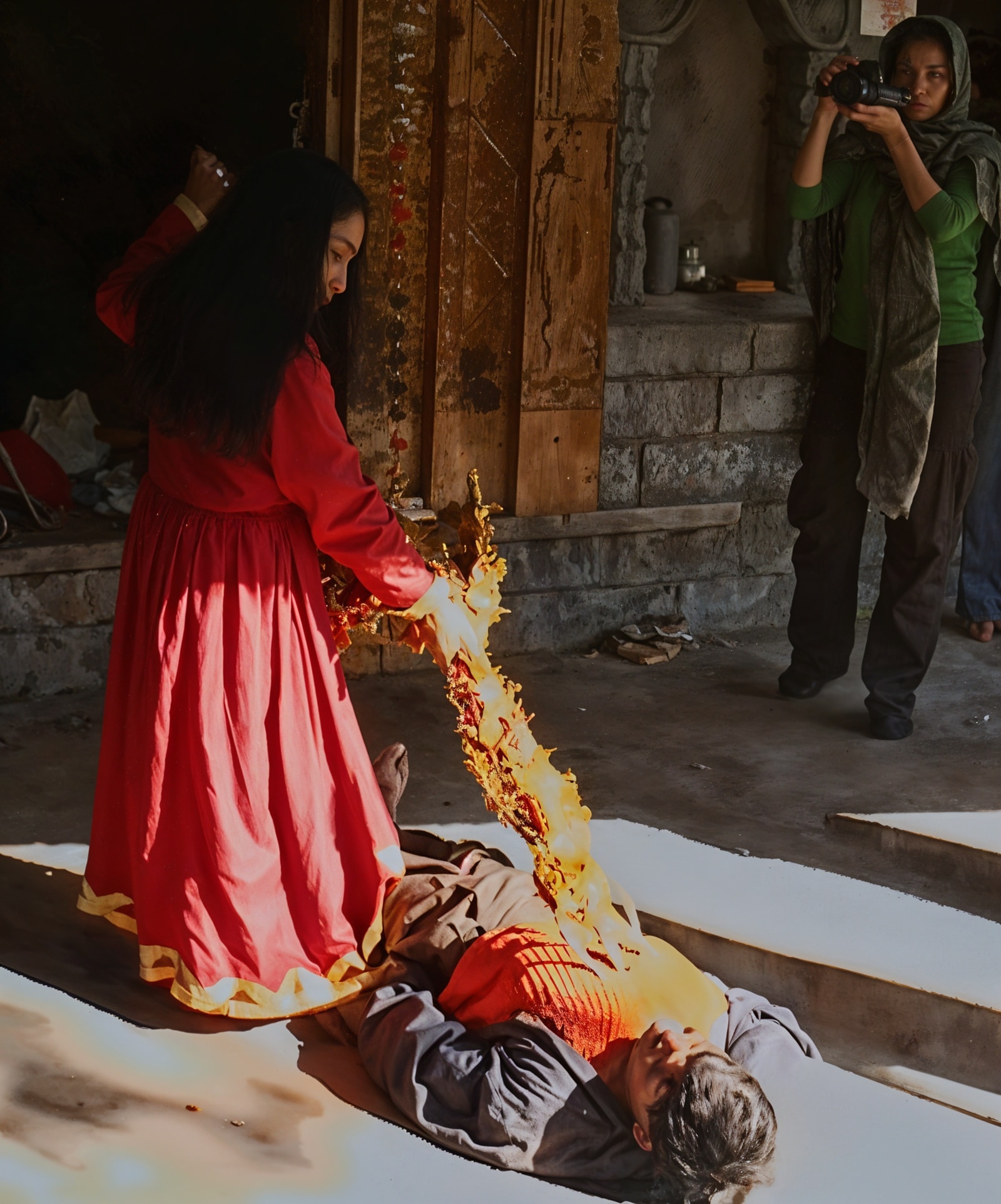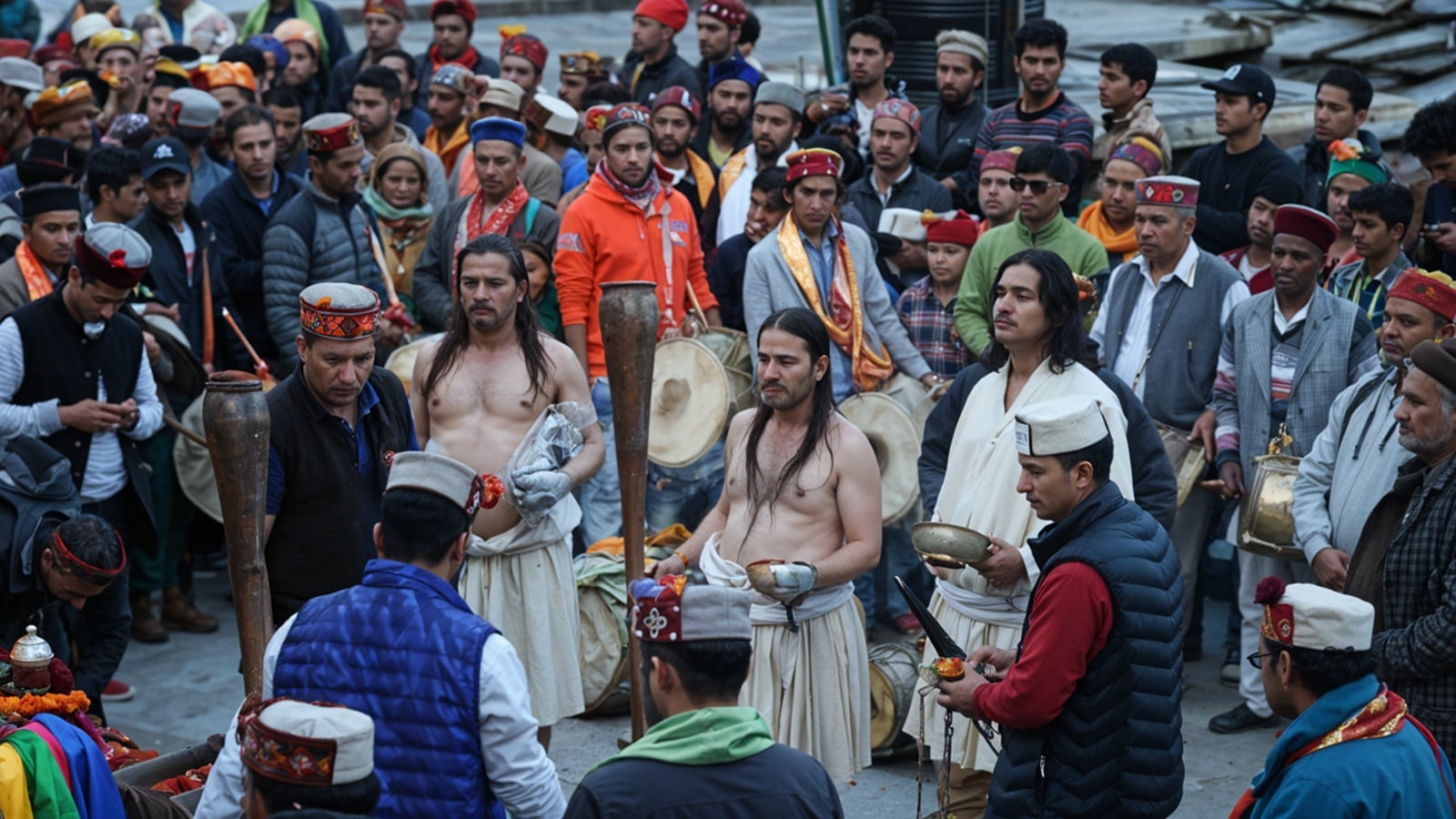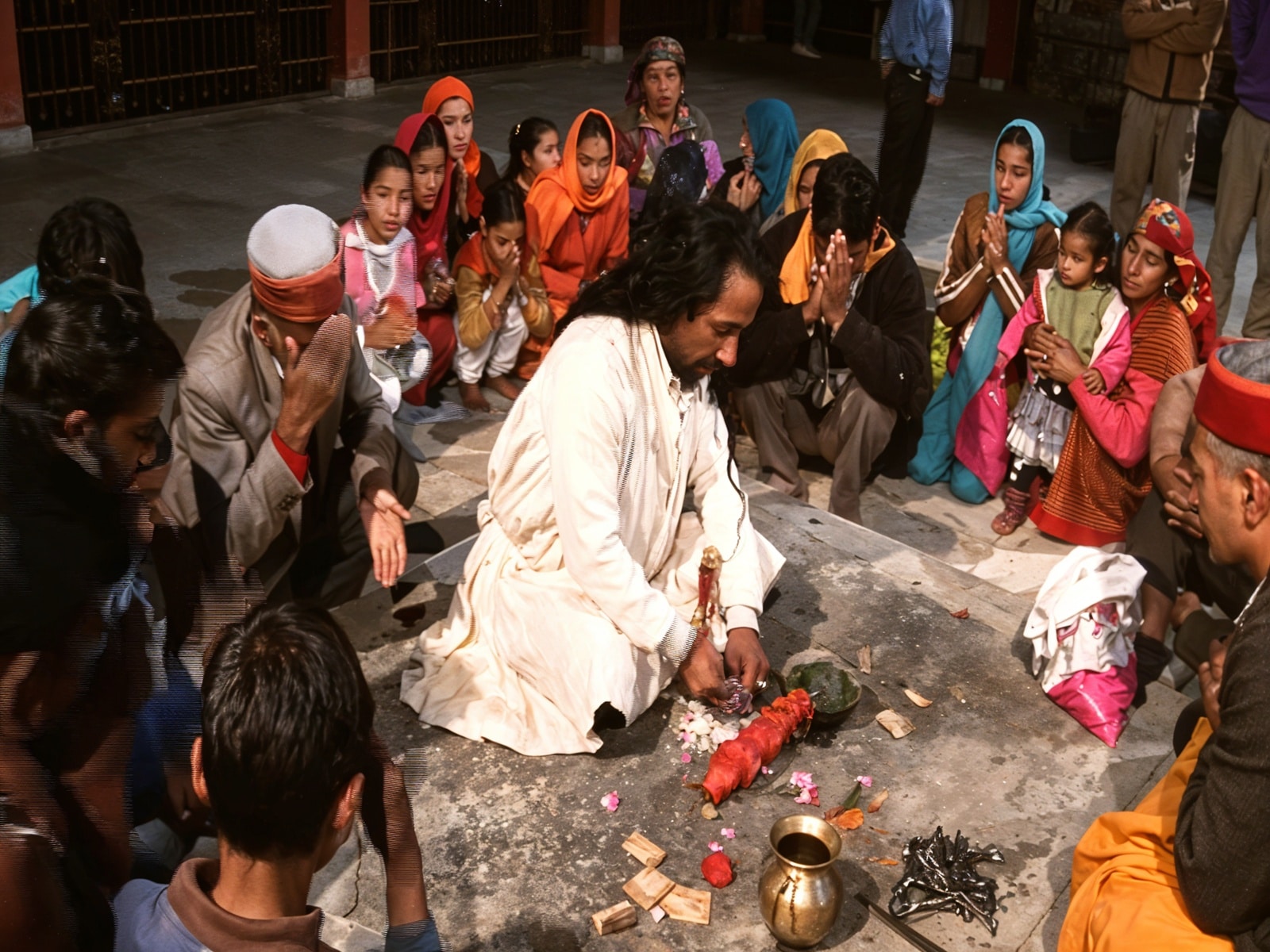📣 For more lifestyle news, click here to join our WhatsApp Channel and also follow us on Instagram
‘This is why it is called Dev Bhoomi’: Anu Malhotra’s journey into Kullu Valley’s living Devta culture with her book ‘Shamans of the Himalayas’
When documentary filmmaker and author Anu Malhotra first travelled to the Kullu Valley, she didn’t expect to be drawn into a world where gods walk among humans and daily life is shaped by trance and ritual.
 In this interview, author and filmmaker Anu Malhotra explores the mystical Devta culture and shamanic traditions of Himachal’s Kullu Valley (Source: PR Handout)
In this interview, author and filmmaker Anu Malhotra explores the mystical Devta culture and shamanic traditions of Himachal’s Kullu Valley (Source: PR Handout)If you’re a K-drama aficionado like I am, chances are your first introduction to shamanism came through the screen. Imagine my surprise when I discovered that Himachal’s Kullu Valley has its own rich, living, breathing shamanic tradition rooted in the Himalayan Devta culture. Here, gods don’t just reside in temples — they travel in palanquins, settle village disputes, and even decide wedding dates.
When documentary filmmaker and author Anu Malhotra first visited the valley, she, too, didn’t expect to be pulled into a world where gods walk among people and daily life decisions are guided by ritual and trance. What she encountered was not a distant remnant of the past, but a thriving, sacred ecosystem, one where shamans known as Goors serve as living conduits between the human and divine.
Her new book, Shamans of the Himalayas, emerges from years of deep immersion – over a hundred interviews, countless journeys, and the transformative experiences that also shaped her award-winning documentary series of the same name.
 In this ecosystem, the Goor—what the world might call a shaman—plays a central role. The Goor is a medium between our world and that which lies beyond. Through them, the divine speaks (Source: PR Handout)
In this ecosystem, the Goor—what the world might call a shaman—plays a central role. The Goor is a medium between our world and that which lies beyond. Through them, the divine speaks (Source: PR Handout)
We caught up with Malhotra to understand the workings of this tradition, its meaning, and why this ancient way of life still matters today. Read the edited excerpts below:
Q. What exactly is the shaman culture of the Kullu Valley like? Is it anything like what we see in pop culture depictions of shamans?
In Kullu, the Devis and Devtas are not just temple-bound, they move among people. The gods are considered living entities. They ride in processions, visit other deities, and participate in village festivals. This is why the valley is called Dev Bhoomi, the land of the gods.
Within this sacred ecosystem, the Goor – what the world might call a shaman – plays a central role. The Goor acts as a medium between our world and what lies beyond. Through them, the gods speak.
Far from being exotic or distant, this communication is deeply woven into daily life. Locals consult a Goor before building homes, arranging marriages, or resolving a village crisis like asking for rain or ending it.
Q. Does the Devta culture borrow heavily from Hinduism?
Though shamanism is tribal at its root, in the Kullu Valley, it is absorbed within Sanatan Dharma. The divine manifests as Devis and Devtas, often localised avatars of Hindu gods. Some are ancestral heroes, Naag Devtas (serpent deities), or nature spirits inhabiting forests, rivers and lakes, and mountains.
This fusion of tribal spirituality with Hinduism is what gives the culture its distinctive character. It’s not a fringe practice, it’s fully integrated.
What the world calls shamanism, we live as Devta culture. The Goor is not a separate healer—they are the voice of the Devta. This isn’t an isolated belief system. It’s a lived, community-anchored tradition rooted in the rhythms of the land.
Q. Tell us more about the ‘Goors.’
While in trance states, the Goor becomes the mouthpiece of the deity. People gather – sometimes in large public festivals, sometimes in intimate sessions called pooch. The questions can range from illness to personal dilemmas to village-wide concerns or even exorcisms.
 Her new book, Shamans of the Himalayas, emerges from years of deep immersion—over a hundred interviews, countless journeys, and the powerful experiences that shaped her award-winning documentary series of the same name (Source: PR Handout)
Her new book, Shamans of the Himalayas, emerges from years of deep immersion—over a hundred interviews, countless journeys, and the powerful experiences that shaped her award-winning documentary series of the same name (Source: PR Handout)
There are other methods of divination too, some not involving trance, but deeply ritualistic and intuitive. Each session is approached with seriousness and reverence.
You may not recognise a Goor in daily life. They may be uneducated, financially struggling, even working regular jobs. But when the Devta calls, everything else stops. They must go. That sense of surrender and responsibility is held with great honour. They carry the burden of responsibility with deep devotion.
A Goor is supported by a team known as the Devloo, chosen by the deity. This includes a Pujari (priest), Kardar (manager), and Bajantris (musicians). It’s the music that leads the Goor into trance. Each deity has a unique rhythm.
How does this compare with shamanic practices in other parts of India?
While Shamans of the Himalayas focuses on the Kullu Valley, each region in India has its own cosmology. Their gods, rituals, and practices are different. You cannot generalise shamanism in India. It’s hyperlocal and deeply embedded in community memory. Similar practices exist across India, from the Baigas of Madhya Pradesh to the tribal healers of the Northeast.
What inspired you to write this book?
What started as a film project became a life-altering journey. Over three years, I saw things I couldn’t explain. I also saw how fragile this culture is, hidden behind tourism and ignored by modern India.
 While Shamans of the Himalayas focuses on the Kullu Valley, each region in India has its own cosmology (Source: PR Handout)
While Shamans of the Himalayas focuses on the Kullu Valley, each region in India has its own cosmology (Source: PR Handout)
I’ve tried to look at it with empathy, but also with a critical lens. It doesn’t romanticise the culture. What is the psychology of belief? Why do we dismiss what we don’t understand?
Why is it important now?
We’re losing cultural diversity at an alarming pace. The globalised world is erasing the very things that make us unique. The Kullu Valley is like a bubble – it has survived because it was once inaccessible. But even that’s changing.
At a time of ecological collapse and cultural amnesia, Shamans of the Himalayas asks us to pause. Maybe, just maybe, we need to look back—not to retreat, but to remember. There are different ways of being, of knowing, and of healing.
📣 For more lifestyle news, click here to join our WhatsApp Channel and also follow us on Instagram



- 01
- 02
























